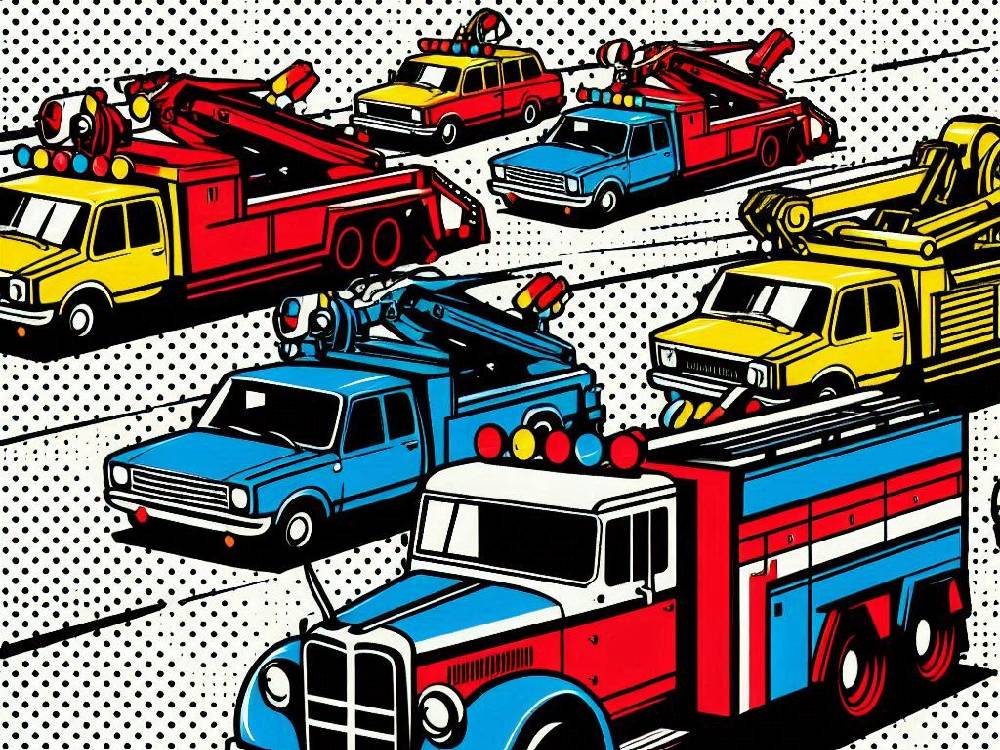Introduction
Did you know that most car insurance policies won’t cover a breakdown caused by wear and tear?
This is where breakdown cover comes in.
You can either add it to your car insurance policy or buy it separately from a third-party provider.
But which option is better for you?
When it comes to staying on the road, car insurance is essential.
Now, let’s dive in.
What Car Insurance Covers vs. Breakdown Cover
Most people assume that comprehensive car insurance covers everything.
In reality, it doesn’t.
Car insurance is designed to protect you in accidents.
It covers costs like vehicle repairs, third-party damages, and personal injury.
But breakdowns are a different story.
If your car won’t start due to wear and tear, insurance won’t pay for roadside assistance or towing.
This is why breakdown cover exists—to help you when your vehicle lets you down.
Only 10 out of 76 car insurance policies analysed this year included breakdown cover as standard.
Providers like NFU Mutual and M&S Premier offer more comprehensive policies, but they come at a premium.
If your current insurance doesn’t include breakdown cover, you’ll need to decide whether to add it on or purchase a separate policy.
Insurer vs. Third-Party Breakdown Cover
Here’s a common dilemma for drivers:
Should you buy breakdown cover through your car insurance provider or go with a third-party service like the RAC or AA?
According to our survey, 8% of drivers chose to bundle breakdown cover with their car insurance.
There are advantages to bundling:
It’s convenient and can save you from paying extra admin fees.
However, convenience isn’t everything.
Policies from third-party providers are often more comprehensive, offering features like unlimited callouts.
This isn’t always the case with insurance add-ons. Some insurers limit you to just one callout per year.
So, if you value peace of mind, shopping around for a standalone policy could be the smarter move.
Number Of Callouts Per Policy
How many callouts does your breakdown policy allow each year?
This is a key question to ask before purchasing cover.
Some providers, like the AA, offer only one callout per year when breakdown cover is added to car insurance.
This might be fine if your car is brand new and rarely gives you trouble.
But for older vehicles, you could quickly find yourself without support after just one incident.
In contrast, most third-party providers—including the RAC and Green Flag—offer unlimited callouts, except for a few, such as Aviva.
If reliability is a priority, it’s worth looking into these options.
Where You Are Covered
Picture this: your car won’t start—right on your driveway.
Many drivers don’t realise that basic breakdown cover might not help in this situation.
Some policies only provide roadside assistance if you’re more than a quarter of a mile from your home.
This is where Nationwide Recovery and Home Assistance come into play.
These services cover you no matter where your car breaks down, including right outside your house.
Planning to drive in Europe?
You’ll need European breakdown cover for full peace of mind abroad.
Interestingly, one of our Which? Recommended Providers offers nationwide and home recovery for less than £40 per year—a worthwhile investment if you drive regularly.
Vehicle vs. Personal Breakdown Cover
When buying breakdown cover, another crucial decision is between Vehicle and Personal cover.
Vehicle cover applies only to the insured car. It’s suitable if multiple people in your household drive the same car.
This type of policy can cover up to five named drivers.
But what if you own more than one car or occasionally borrow a friend’s vehicle?
That’s where Personal cover comes in.
It covers you no matter which car you’re driving or riding in.
For families with multiple cars, this option can be more flexible and cost-effective.
Service Quality And Reliability
Breakdowns are stressful enough without poor service.
You need a provider you can trust to show up when things go wrong.
However, not all car insurers operate their own breakdown services.
For example, Aviva partners with RAC, creating bespoke policies for their customers.
In a recent survey of 9,000+ drivers, we rated 15 third-party providers on response times, reliability, and overall customer satisfaction.
Providers like Green Flag and RAC scored highly for delivering quick, efficient service.
Before committing to a policy, it’s wise to check reviews to ensure you’ll get the help you need when you need it most.
Do You Already Have Breakdown Cover?
Here’s something many drivers overlook: you might already have breakdown cover.
Some packaged bank accounts include breakdown services along with other perks like travel insurance.
However, these accounts can be expensive.
The annual fees often exceed the cost of a standalone breakdown policy.
If you’re not using the additional benefits, paying for one of these accounts may not make financial sense.
Always check your existing policies before buying additional cover—you could save hundreds of pounds by avoiding duplicate services.
Conclusion
Breakdown cover is a critical part of protecting yourself on the road.
Since car insurance doesn’t cover breakdowns caused by wear and tear, you’ll need to weigh your options.
Should you add breakdown cover to your car insurance or buy a separate policy from a third party?
Bundling can save on admin fees but may limit your callouts and coverage options.
Standalone policies often provide unlimited callouts, better service, and more comprehensive coverage.
Make sure to compare features like callout limits, home assistance, and personal vs. vehicle cover.
And don’t forget to check if you already have cover through a packaged bank account or other service.
Ultimately, understanding your needs and options will help you avoid being stranded—and stuck with a hefty bill.
Related Articles
Want to learn more? Check out these helpful guides:
- Very Cheap Car Insurance
- 5 Ways to Save Money on Car Insurance
- Navigating Car Insurance Costs
- Is Breakdown Cover Worth It?




